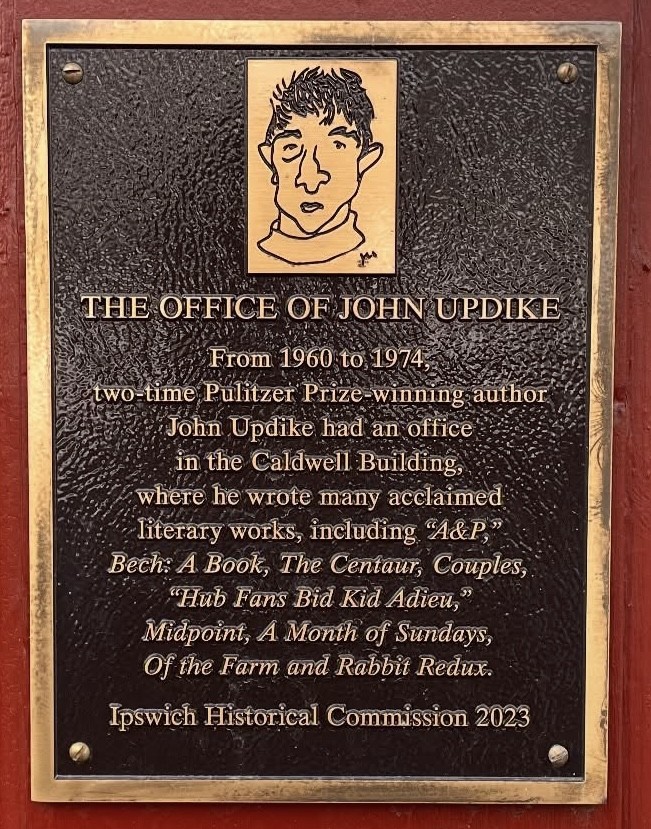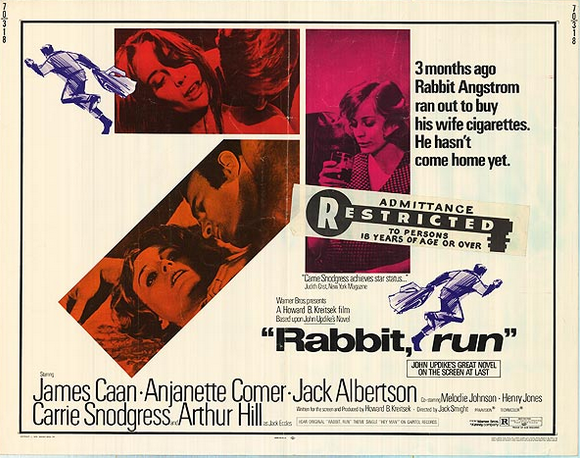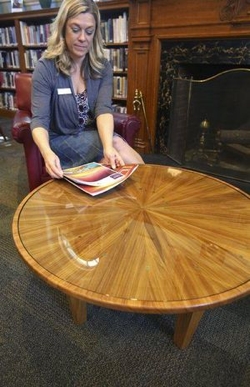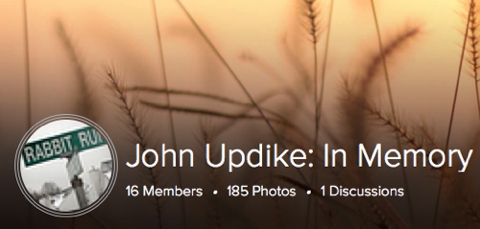The University of Nevada—Las Vegas main library has begun a series of online posts to promote reading and discovery of authors and books in the library, beginning with John Updike.
“Lied’s Reads: John Updike,” by Alberto Lorio, began by saying “Everyone wants to stumble onto something interesting. . . . For UNLV students of an intellectual kind of faith, Lied Library graciously rewards those looking to wander. Though there are many deserving places for a wanderer to begin stumbling, the first of Lied’s great reads highlighted here will be the work of American author John Updike. Writer George Saunders described Updike as ‘a once-in-a-generation phenomenon if that generation is lucky.”
“Updike was distinctly humanistic in his writing, exploring aspects of personal and social life in mid-century America. To him, writing was a sort of catharsis of the soul, one which came as spiritual release. It was a means of expression endemic to his meticulous observation: of individuals, of society, and of himself. . . .”
“John Updike’s legacy remains that of a poetic, class-conscious, sociological sentimentalist. His writing is sincere in its exploration—of the unifying, timeless eccentricity of being; of navigation in the labyrinthian strangeness inherent to our American lives.
“Students hoping to stumble into John Updike should look to wander in the American Literature section of the fifth floor of Lied Library.”









